Niangziguan Scenic Area
Niangziguan Scenic Area
Niangziguan is a famous pass of the Great Wall of China, known as the Ninth Pass of the Great Wall of China, and it is a must for military strategists of all dynasties. Located in the west of Taihang Mountains, Shijiazhuang City, Hebei Province, Jinglong County, Xikou , Yangquan City, Shanxi Province, northeast of Pingding County, Mianshan foothills. Niangziguan was originally named "Weize Guan", because the princess of Pingyang in the Tang Dynasty had led troops stationed here, the princess of Pingyang's army was known as "the women's army", so it got the name.
Basic introduction
geographical position
Niangziguan Scenic Spot is located about 40 kilometers east of Yangquan City, Shanxi Province. Its terrain is dangerous. It is the gateway of the Three Jin Dynasty and the throat of transportation. It is a must for military strategists of all dynasties.
Brief overview
Shanxi Niangziguan Scenic Spot is located 45 kilometers northeast of Pingding County, Shanxi Province. Niangziguan is an ancient pass, formerly known as Reed Translation Pass, passed down to the ninth Pass of the Great Wall. This pass is located at the junction of Shanxi and Hebei provinces. Shanxi people regard Niangziguan as the representative of both inside and outside the province.
Shock of momentum
Niangziguan's castle, backed by the elevated Emian Mountain, is facing the deep valley of Wanzhang, which is cut off by the rivers, and the ridges on the mountainside, winding with the mountain situation, the Taohe River flows around its northwest, tortuously. It's really a "band of mountains and rivers, Jincheng Tangchi". The two wings of the whole Guancheng are the winding Great Wall, which has historically become a natural barrier between Shanxi and Hebei provinces.“ The momentum of "one man at a time, one man at a time, one thousand men at a time" is very dangerous.
Historical legends
Niangziguan has a long history. During the Kaihuang period of the Sui Dynasty, Weize County was set up here. Princess Pingyang, the sister of Li Shimin, Taizong of the Tang Dynasty, led the Niangziguan army to guard the pass, so later generations call it Niangziguan. It is said that the princess of Pingyang was very brave when she was marshal. She often stayed with her saddle and knife. Even after she married General Chai Shao, she did not forget her barracks life. She was a famous heroine in Chinese history. Niangziguan coexisted with her famous name, which has lasted to this day.
Scenic spot environment
Niangziguan scenic traffic is very convenient. In the east, Yangquan City has a straight line to the scenic spot. In the west, Jinglongxian County, Hebei Province (more than 30 kilometers away from the scenic spot) has a bus passing through the scenic spot. The catering, accommodation and other facilities near Niangziguan have reached a certain scale and all kinds of considerate services. Conditions and comfortable environment are ideal places for tourists to visit. The main tourist attractions of this scenic spot are: Baijing Ancient City, Tang Dynasty Porcelain Kiln, Waterfall, etc.
Construction time
Guancheng was built in the 21st year of Jiajing (1542) of Ming Dynasty. There are two related gates, the middle of which is a residential area. Outer city gate is a brick coupon door with a platform, which seems to be used for inspecting soldiers and looking at the past. Under the gate is a brick coupon, and on the top is a gate building, which is very strong. The Great Wall on both sides of Guancheng is winding along the mountain and becomes a natural barrier between Shanxi and Hebei. On the north side of Guancheng, Taohe River, with turbulent water flow, is connected by mountains and mountains to the south. Shunshan Gorge of Shitai Line is winding and paved. Every time the train arrives at this point, it looks north at the window, stands close to the parks, waterfalls rush and fall, scattered like beads, which is magnificent. The Valley is called the water curtain tunnel. Shizhen, the king of the Ming Dynasty, praised the scene with the phrase "Jet Jade High from the West Pole, Grab Cliff Majesty from the Great Spirit".
Origin
Statement 1
There are two opinions about the origin of Niangziguan: one is that there was a "Jealous Lady Temple" built here to commemorate Jiezitui's sister, Jieshan.
Statement two
Another reason is that Princess Tang Pingyang has been stationed here. This latter statement. It is now a definite conclusion. Because of this, there are many relics related to Princess Pingyang in Niangziguan area. Such as the "Su Jiang Building" on the South Gate, the "Point Jiang Tai" on the other side of the Taohe River, and the "Summer Resort Building" in Mianshan, it is said that the Princess of Pingyang was first built. In the mountain depression east of the summer resort building, there is an endless small pool of water, which is said to be the washbasin of Princess Pingyang at that time.
Main attractions
The existing Guancheng was built in Jiajing in the Ming Dynasty (1542 A.D.), with two gates in the South and East and a wall of 650 meters in length, with residential areas in the middle.
Brick coupons are below and doors are above. On the top of the city gate, there are four big characters: "Jingji Fanping". In front of the gate, there is a stone paved ancient carriage and horse road about 100 meters. The gate building is built on top of the gate.
About ancient buildings such as Emperor Temple and Zhenwu Pavilion. Residential houses and streets in the city remain the same, and most of the local residents are descendants of the Ming and Qing dynasties.
For the brick coupon door hole, on the platform. There are five Dayus inscribed on the entrance of the cave, namely "Zhili Niangziguan".
The summer building on Mianshan Mountain is traditionally built by Princess Pingyang of the Tang Dynasty.
Outside Guancheng is the tortuous Yanzhao ancient road.
In the East Gate of the Niangzi Pass, there is a brick platform, which is traditionally the point of the Princess of Pingyang.
Landscape characteristics
Social fire
Since ancient times, many villages in Niangziguan Town have performed on January 16 every year, which is the form of villagers celebrating the Spring Festival: there are fighting, fork playing and other contents mostly simulated ancient battlefield stories. On the morning of January 16th, villagers spontaneously organized themselves to take spears, knives, steel whips, swords, flags and other props to the streets. The gongs, drums and banners started to set off a social fire. The more crowds gathered, the more lively the scene was.
River lamp
River lanterns are the traditional customs of the Chinese nation, which are used to mourn the deceased and to bless the living. It is popular in Han, Mongolia, Daur, Yi, Bai, Naxi, Miao, Dong, Buyi, Zhuangzhuang and Tujia areas. River lanterns are often placed by the water on the night of March 3, Qiqiao Festival and Mid-Autumn Festival. Taoism and Buddhism also put river lanterns on religious festivals held on July 15 of the summer calendar. Most people mistakenly believe that river lanterns are religious activities.
Tourist guide
Pingding County, Shanxi Province, 45 kilometers northeast.
You can take the 7117 train at Shijiazhuang Station, leaving at 6:38 in the morning and arriving at Niangziguan at 9:11. When you get off the bus and walk eastward, you can see the building closing. Then you can walk along the highway for 20 minutes to see the waterfall. In the afternoon, 7118 rides can return to Shijiazhuang. The driving time is 17:17 and 19:36 to Shijiazhuang.
Three-sided "marshalling" has Shanxi flavor, 2 yuan a bowl, very affordable.
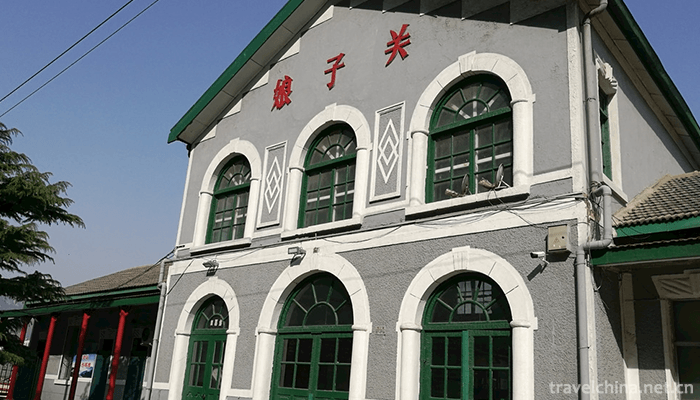
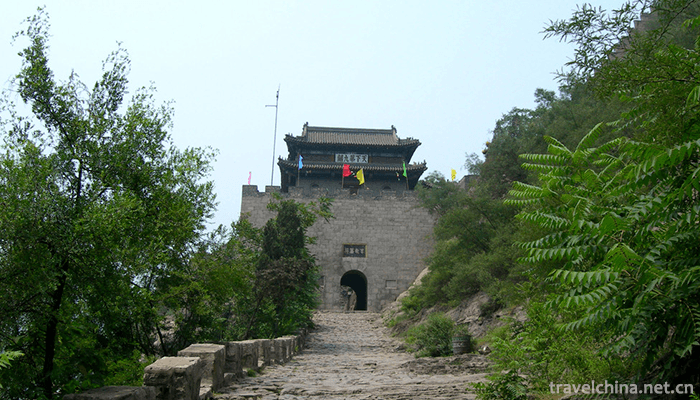
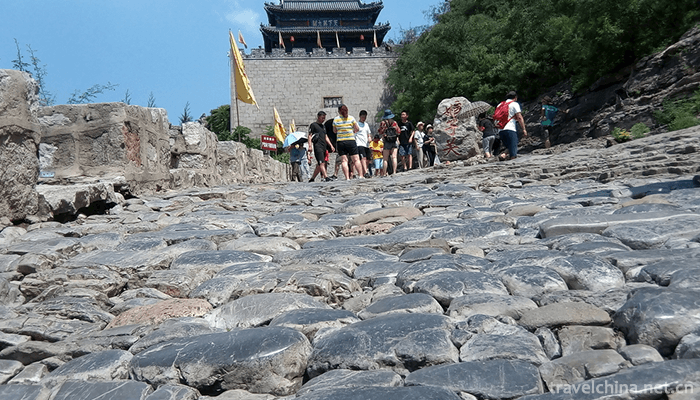

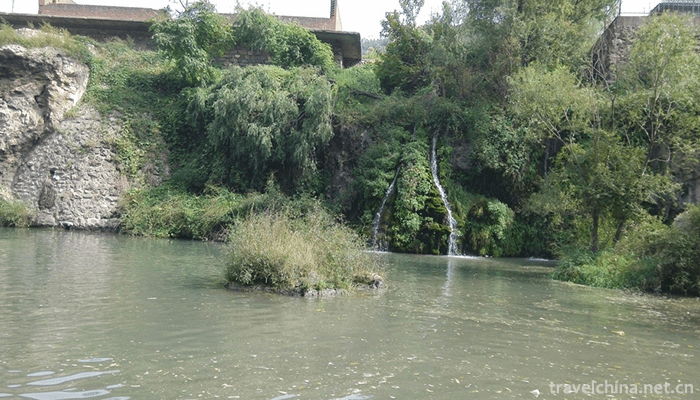
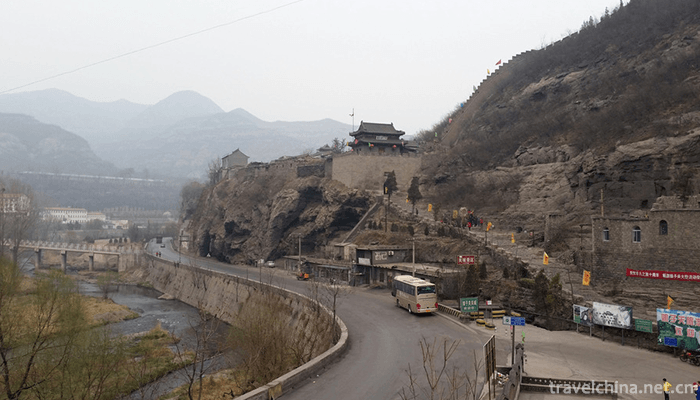
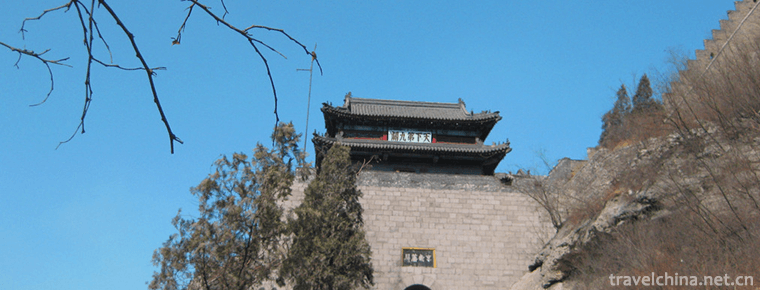
-
1.Duck Blood in Chili Sauce
The main ingredients of hairy blood are duck blood, cooking techniques are mainly cooked, and tastes are spicy and spicy. Originated in Chongqing, popular in Chongqing and southwest China, it is a fam
Time 2018-10-27 -
2.Bayanbulak Grassland
Bayinbrook grassland: formerly known as Yuledus grassland, Zhuledus grassland, Yuludus grassland, because it is mainly located in Xinjiang Bayinguoling Mongolian Autonomous Prefecture and the northwes
Time 2018-12-12 -
3.Shanghai Botanical Garden
Located in the southwest of Xuhui District, Shanghai Botanical Garden, formerly Longhua Nursery, is a comprehensive botanical garden with plant introduction, domestication and display
Time 2018-12-19 -
4.Huangshan Yi Culture Tourist Area
Huangshan Yi Cultural Park is a national AAAA-level tourist attraction, located in the northwest of Linyi Economic and Technological Development Zone.
Time 2019-01-18 -
5.Yao Wan ancient town
Yaowan Ancient Town is located in the southwest edge of Xinyi City, Xuzhou City, Jiangsu Province, at the junction of Beijing-Hangzhou Grand Canal and Luoma Lake, and is connected with Suqian, Suining
Time 2019-03-03 -
6.Chaozhou Music
Chaozhou music is the general name of all kinds of traditional folk instrumental music spread in Chaoshan area of Guangdong Province, referred to as Chaozhou music
Time 2019-04-16 -
7.Rubbing and Printing Skills of Hengshui Inscriptions
Hengshui Law Tie Engraving and Printing Technology, the traditional handicraft of Taocheng District, Hengshui City, Hebei Province, is one of the national intangible cultural heritage.
Time 2019-05-03 -
8.Production Techniques of Liuyang Fireworks
Liuyang fireworks production in Hunan has a long history. According to records, it began in Tang Dynasty and flourished in Song Dynasty. During Kangxi period of Qing Dynasty, the production had a cons
Time 2019-05-13 -
9.Pulangorgozi
Pulangorgozi, also known as "fruit harmony", is a kind of self-entertaining dance, which originates from Pulan County and is widely spread in Ali countryside. It is a kind of hand in hand, s
Time 2019-06-09 -
10.Zhoushan gongs and drums
Zhoushan gongs and drums are the representatives of traditional folk art in Zhoushan City, Zhejiang Province. They are based on gongs, drums, cymbals and clappers, with silk bamboo, magnificent sound
Time 2019-08-10 -
11.Zhang Daqian
Zhang Daqian (Chang Dai-Chien, May 10, 1899 - April 2, 1983), formerly known as Zheng Quan, was renamed as yuan, Ji Yuan, Hao Da, alihao Dai Ju Shi, Xia Li Hong Kong people, Zhai Da Feng Tang. Sichuan
Time 2019-09-04 -
12.Tie Muer Buhua
Tie Muer Buhua (1286 - 1368). Yuan will be the first to stay. Rate troops to go Xiangyang He won the battle with song, fan and Wen Hu in the Shigi shoal beach. Later from Bo Yan Song, in Yang Luo Bao
Time 2019-09-14